
Pentium D 820
On the CPU side of the game used to be purely CPU speed, but with the speed of the chips starting to reach a peak the CPU makers were forced to create new ways to increase performance. First it was the move to 64 bit processing and now it’s on to adding a second processing core to the chip. The new dual core chips should not be confused with Intel’s Hyperthreading technology which offered a second software like processing core
The dual core processors from Intel are named the Pentium D. The one we have here today is the Pentium D 820. The Smithfield core is built on a 90nm process. Hyper-Threading is not in the Pentium D line but is featured in the Pentium Extreme Edition. CPU throttling is also non-existent on this chip as well. While I can understand the omission of the throttling, I wonder why Intel decided to not include Hyper-Threading on all their Pentium D lines.
Each 2.8GHz core on our Pentium D features 1MB of L2 cache and supports an 800MHz FSB. The two cores lay side by side on the single chip. The Socket LGA775 chip also features Intel’s EM64T, which allows for 64-bit computing and access of more than 4GB of both virtual and physical memory.
Power per watt’s going to be a big thing for Intel. They are going to try to get as much power out of their processor while using less and generating less heat to boot. With the 820, the dual core processor is using less power than some of the top of the line single core processors. The thermal design power of the Pentium D 820 is 115W.
Price wise, the Pentium D 820 is the lowest pricing dual processor chip from Intel. As of this writing, you can pick on up for $245 from NewEgg.com, which is second cheapest when searching with Pricewatch. For comparison, the least expensive dual core Athlon is the X2 3800 running at 2.0GHz coming in at $322.
To see how the dual core 820P compares to normal processor I benched it against my old Pentium IV 630. The 630 is a single core processor that comes with Intel’s HyperThread technology. All components were run at the default speeds (no overclocking).
The test configuration was as follows:
- ECS PF5-Extreme motherboard
- 2 512MB sticks of Patriot DDR2 memory
- XFX 7800 GT OC

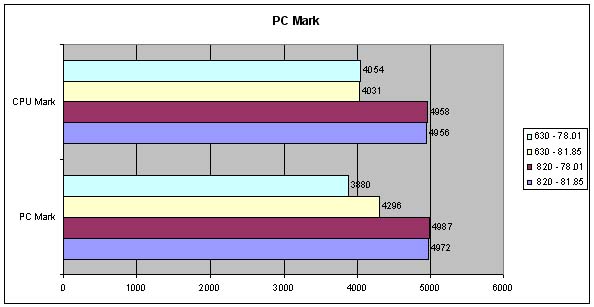

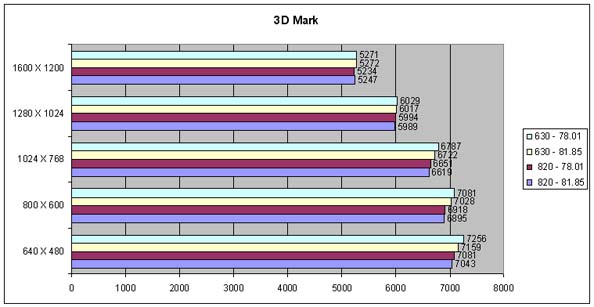

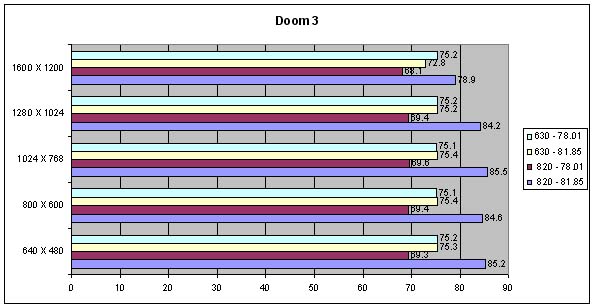

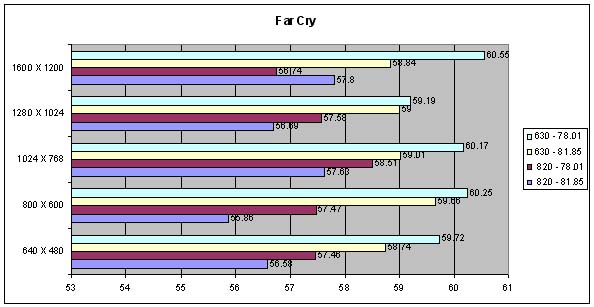

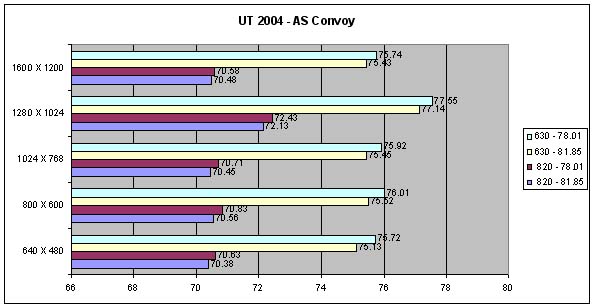

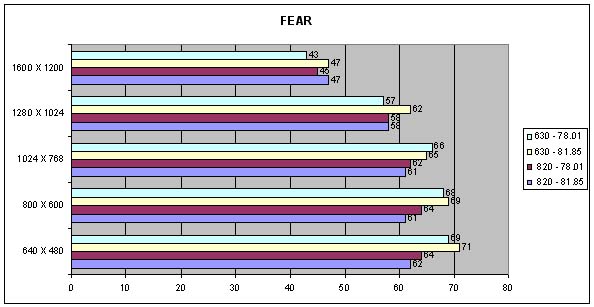
The first test I ran was PC Mark 2005 which includes some multi-threading elements. Looking at the results of the benchmarks it’s easy to see that even with a lower clock speed, the multi-threaded 820 scored almost 700 PC Marks higher than the single core 630. This really shows off what a second core can do in terms of performance.
Rating: 8.2 Good
* The product in this article was sent to us by the developer/company.

About Author
Hi, my name is Charles Husemann and I've been gaming for longer than I care to admit. For me it's always been about competing and a burning off stress. It started off simply enough with Choplifter and Lode Runner on the Apple //e, then it was the curse of Tank and Yars Revenge on the 2600. The addiction subsided somewhat until I went to college where dramatic decreases in my GPA could be traced to the release of X:Com and Doom. I was a Microsoft Xbox MVP from 2009 to 2014. I currently own stock in Microsoft, AMD, and nVidia.